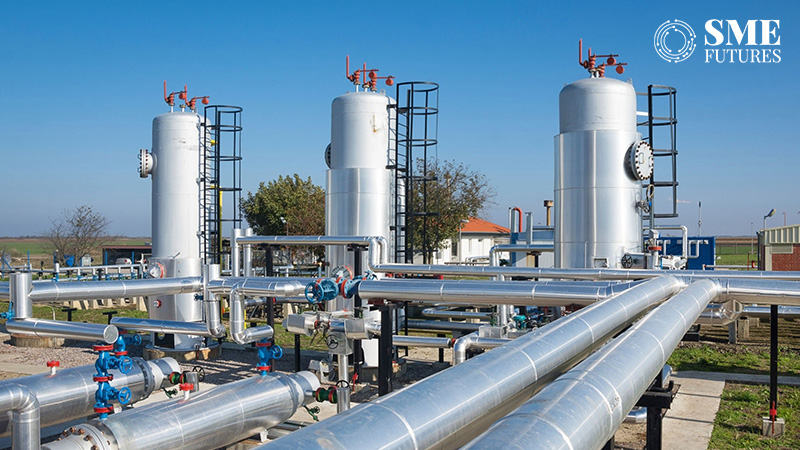Fossil-fuel-related items like transport and household energy, contributed about 20 per cent to India’s annual rate of inflation between April and May 2022, said a report by Cambridge Econometrics.
At that time, India’s annual inflation rate (CPI) was between seven and eight per cent.
The report highlights that between January 2021 and August 2022, fuel and power prices rose nearly five times faster (57 per cent) than overall consumer prices in India (12 per cent). This was reflected in consumer spending.
Households in the Delhi region, for instance, are estimated to have spent 25 per cent more on fuels and electricity in 2022 than in the previous year, and nearly 50 per cent more — around Rs 4,100 than in 2020.
For rural households, this was even more pronounced given their higher spending on energy as a proportion of their income.
This is even though the Indian government budgeted the equivalent of about 0.5 per cent of GDP to shield households from the full impact of global fossil fuel price hikes.
AlsoRead: Digital lending to pip traditional lending in unsecured loans segment by 2030: Report
The G20 Energy Transitions Working Group discussions recently held in Bengaluru concluded on the continued usage of fossil fuels for another 15-20 years.
“The cost of renewable energy has been falling steeply over the last decade. It is now a well-known fact that renewables are now much cheaper than fossil fuel-based electricity production. India is among the cheapest locations in the world for new renewable energy projects and these costs are only expected to fall further,” the report’s lead author, Carl Heinemann, said.
“An increased share of renewables to the grid is also resulting in falling wholesale prices according to the RBI. This should guide policymakers in India to increase spending on renewables to ensure it becomes the mainstay in terms of electricity generation instead of locking the country in expensive energy, which will inevitably increase inflation.”
While the subsidies for renewable energy have gone up over the last year alone, the support for fossil fuels is still four times what renewable energy receives in India.
Fossil fuel-based energy carriers are fully regulated through tariffs, taxes, subsidies and price caps, making it difficult to fully estimate the complete benefits of renewable energy in India.
India is one of the fastest-growing economies in the world, responsible for over 10 per cent of the increase in total global energy demand and is only expected to grow rapidly over the coming decades.
If anything, the higher household energy costs and national import bills from the reopening after the pandemic and the Ukraine-Russia war suggest countries like India should look at ensuring energy security and growth by doubling down on investments in renewable sources of energy.
Also Read: Renewable energy to lead responsibly: Experts
The rapid deployment of renewables is particularly important to diversify India’s power mix away from coal.
In the longer term, increasing the electrification of transport and household energy consumption, coupled with an expansion of renewables, would further reduce household and business consumers’ exposure to volatile fossil fuel prices and limit the need for costly government spending.
The strong correlation between energy and inflation in India makes a strong case for India to decarbonise its economy. There definitely is evidence to support the argument that renewable energy can moderate the impact of energy prices on CPI in the long run.
The lifetime cost per MWh of new solar PV and wind power plants in India is estimated to be far cheaper than that of new coal-fired plants and natural gas-based electricity production.
Increasing the share of renewables in electricity production has been found to reduce spot prices in India’s wholesale market.











